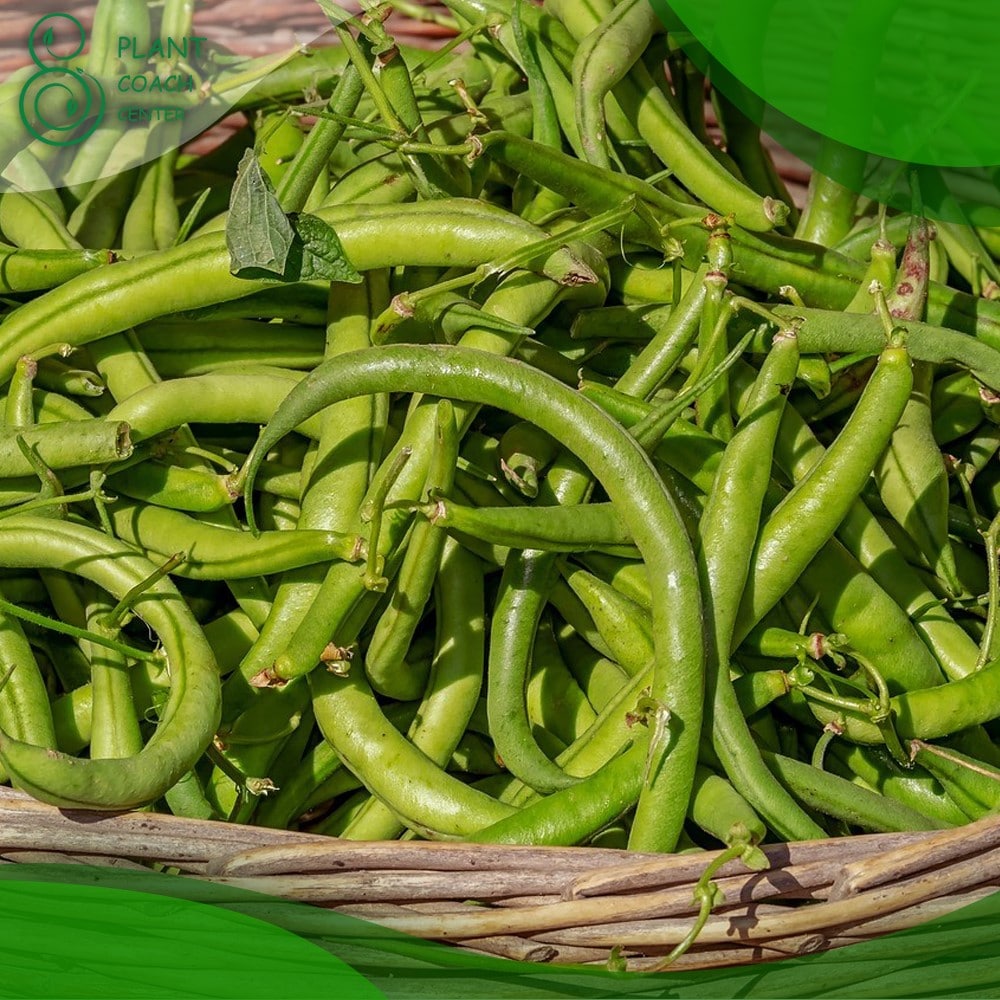Introduction to When to Plant Out Runner Beans
Runner beans (Phaseolus coccineus) are a popular and nutritious vegetable that can be a rewarding addition to any garden. These climbing plants produce vibrant, edible pods that are rich in vitamins and minerals. If you’re interested in growing runner beans, it’s essential to understand the optimal timing for planting them outdoors.
In this comprehensive guide, we will explore the various factors to consider when deciding when to plant out runner beans. Whether you’re a beginner or an experienced gardener, this article will provide you with valuable insights to ensure successful cultivation.
Before we delve into the details, it’s worth mentioning that this content is related to the topic of plant coaching and problem-solving. If you’re seeking further guidance and resources, you can explore platforms like Plant Coach Center (plantcoachcenter.com) that offer a wealth of information and assistance for your gardening endeavors.
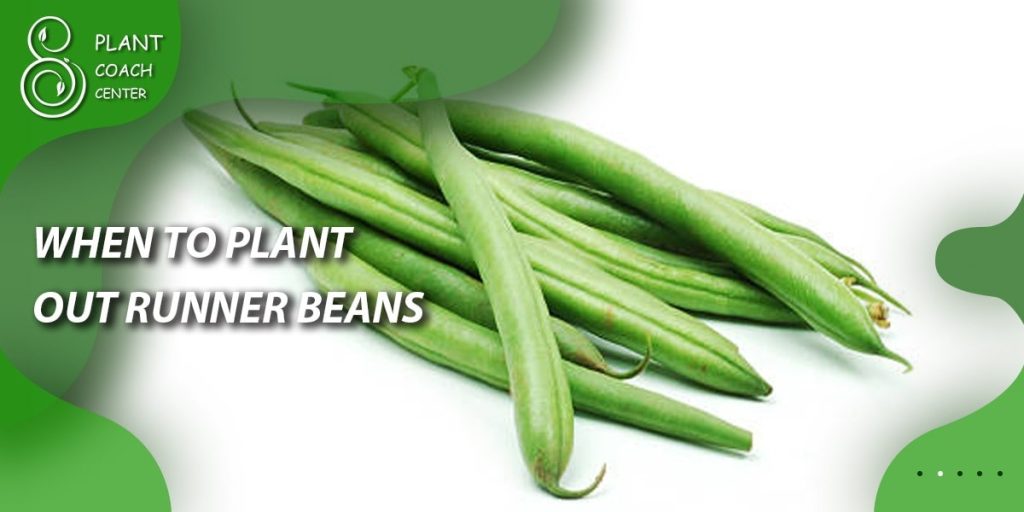
Understanding Runner Beans
Runner beans, also known as pole beans, are a member of the legume family and are native to Central and South America. They are prized for their vigorous growth and prolific production of tender, flavorful pods. Here, we will explore the characteristics and varieties of runner beans, as well as their nutritional value and culinary uses.
Characteristics and Varieties of Runner Beans
Runner beans are climbing plants that feature twining stems and attractive flowers. Some key characteristics and varieties to consider include:
– Plant Size: Runner beans are known for their robust growth, with vines that can reach heights of 6 to 10 feet.
– Flower Colors: The flowers of runner beans come in various vibrant hues, including red, pink, white, and bi-color combinations.
– Pod Types: Runner beans produce long, slender pods that are typically green, although there are also purple and yellow varieties available.
– Varietal Selection: Popular runner bean varieties include ‘Scarlet Runner,’ ‘Painted Lady,’ ‘White Lady,’ and ‘Moonlight.’
Nutritional Value and Culinary Uses
Runner beans are not only delicious but also highly nutritious. They offer a range of health benefits and can be used in various culinary preparations. Consider the following points:
– Nutritional Profile: Runner beans are a great source of dietary fiber, protein, vitamins (such as vitamin C and vitamin K), and minerals (including iron and magnesium).
– Health Benefits: Incorporating runner beans into your diet can support digestion, promote cardiovascular health, and contribute to overall well-being.
– Cooking Methods: Runner beans can be enjoyed in numerous ways, including steaming, sautéing, stir-frying, and adding them to soups or stews.
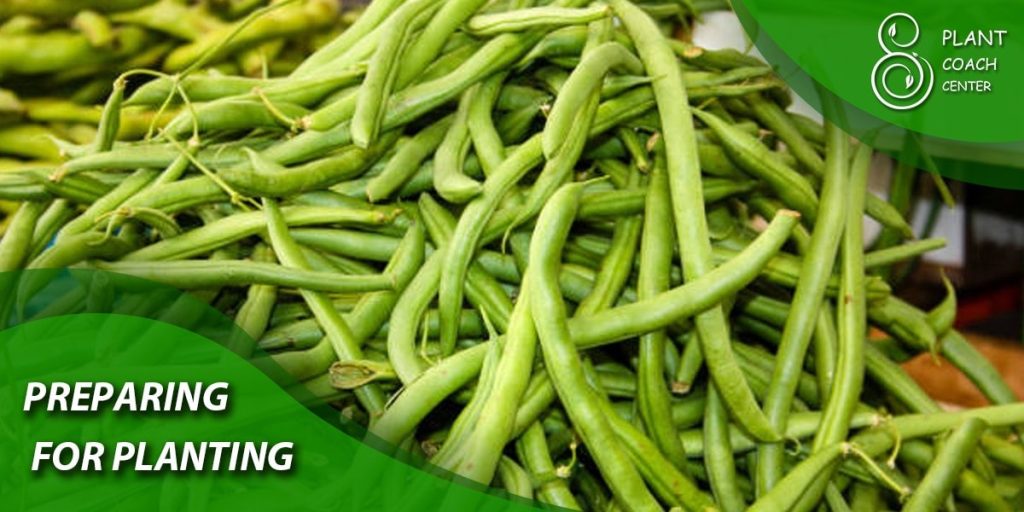
Preparing for Planting
Before you plant out your runner beans, it’s crucial to make adequate preparations to ensure optimal growth and productivity. In this section, we will explore the key steps involved in preparing for planting, including selecting the right location, soil preparation, and choosing runner bean seeds or seedlings.
Selecting the Right Location
Runner beans thrive in sunny locations with well-drained soil. Consider the following factors when selecting the perfect spot for your runner beans:
– Sunlight: Choose a location that receives at least six to eight hours of direct sunlight per day. Runner beans are sun-loving plants and require ample light for vigorous growth.
– Soil Type: Opt for well-draining soil that is rich in organic matter. Avoid heavy clay soils that can become waterlogged, as this can hinder root development.
– Vertical Support: Since runner beans are climbing plants, ensure that the chosen location offers suitable structures or supports for their vines to climb. This can include trellises, fences, or bean poles.
Soil Preparation and Amendments
Preparing the soil before planting is essential for providing the runner beans with a healthy growing environment. Follow these steps for proper soil preparation:
– Clear the Area: Remove any existing weeds, rocks, or debris from the planting area. This will reduce competition and provide a clean slate for your beans.
– Loosen the Soil: Use a garden fork or tiller to loosen the soil to a depth of about 8 to 10 inches. This improves aeration and allows the roots to penetrate easily.
– Amendments: Incorporate organic matter, such as compost or well-rotted manure, into the soil. This enhances soil fertility, improves drainage, and promotes nutrient availability.
Choosing Runner Bean Seeds or Seedlings
When it comes to runner beans, you have the option of starting from seeds or purchasing seedlings. Consider the following factors when making your choice:
– Seeds: Starting from seeds allows for a wider selection of varieties and can be a more cost-effective option. Sow the seeds indoors or directly in the garden, following the recommended planting depth and spacing.
– Seedlings: If you prefer a head start or have a shorter growing season, purchasing seedlings from a reputable nursery or starting them yourself can be a convenient option. Ensure the seedlings are healthy, with well-developed roots and sturdy stems.
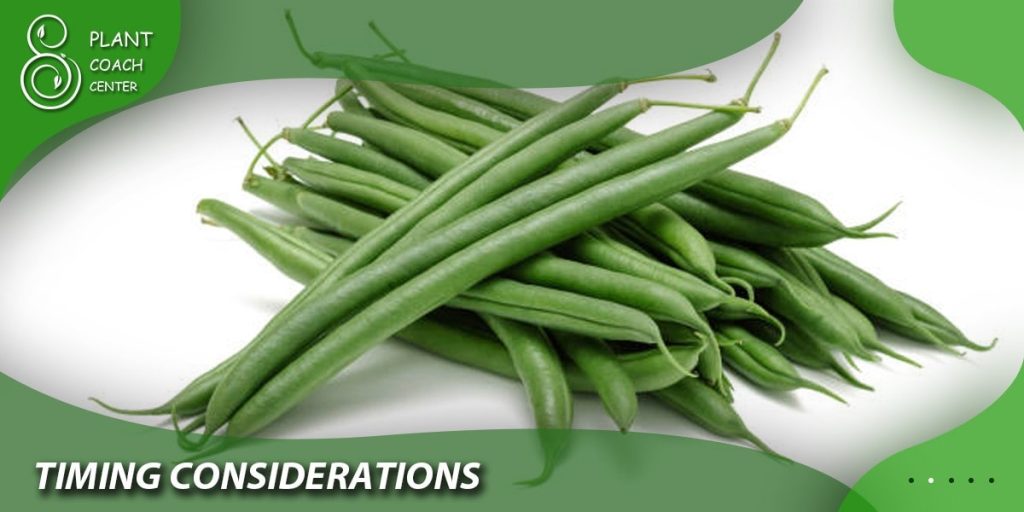
Timing Considerations
Determining the right time to plant out your runner beans is crucial for their successful establishment and growth. Several factors come into play when deciding the optimal timing. In this section, we will explore the key considerations, including factors that affect planting time, regional variations, and determining the last frost date.
Factors Affecting Planting Time
Several factors influence the ideal timing for planting out runner beans. Take the following into account when determining the best time for your specific location:
– Frost Sensitivity: Runner beans are sensitive to frost, so it’s important to wait until the danger of frost has passed before transplanting them outdoors. Planting too early can result in stunted growth or even the death of the plants.
– Soil Temperature: Runner beans prefer warmer soil temperatures for optimal germination and growth. Wait until the soil has warmed up to around 50-60°F (10-15°C) before planting out.
– Climate and Weather Patterns: Consider the climate of your region and the typical weather patterns for the time of year. Runner beans thrive in warm and temperate climates, but they may struggle in areas with extreme heat or prolonged periods of cold and wet conditions.
Climate and Regional Variations
Runner beans can be grown in a range of climates, but the specific planting time may vary depending on your region. Here are some general guidelines for different climate types:
– Cool Climates: In cooler regions, it’s best to wait until the soil has thoroughly warmed up and the risk of frost has passed. This is typically in late spring or early summer.
– Warm Climates: In warmer regions, runner beans can be planted earlier, as they can tolerate higher soil temperatures. Aim for early spring or when the soil is consistently above the desired temperature range.
– Mild Climates: In mild climates with a longer growing season, you may have the flexibility to plant runner beans in both spring and late summer for a continuous harvest.
Determining the Last Frost Date
One essential step in timing the planting of runner beans is determining the last frost date for your area. The last frost date indicates the approximate time when the risk of frost has passed. To find this information:
- Local Resources: Consult local gardening resources, such as agricultural extension offices, gardening clubs, or experienced gardeners in your area. They can provide valuable insights into the typical last frost dates specific to your region.
- Online Tools: Utilize online tools or websites that offer frost date calculators. These tools use historical climate data to estimate the last frost date based on your location.
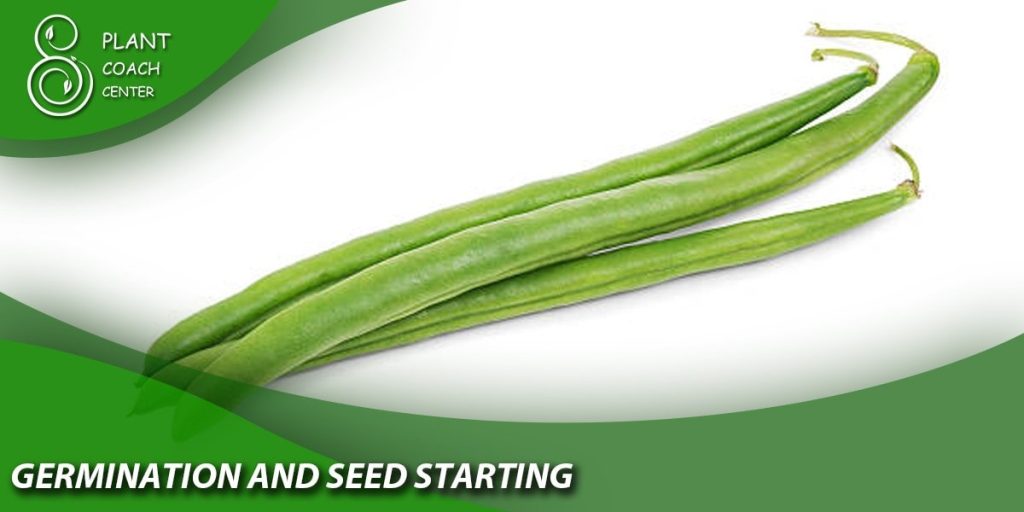
Germination and Seed Starting
Starting runner beans from seeds is a cost-effective and rewarding way to grow these delicious vegetables. By following proper germination and seed starting techniques, you can ensure strong and healthy plants. Let’s explore the key steps involved in germinating and starting runner bean seeds.
Germination Techniques
Runner beans germinate best under specific conditions. Consider the following techniques to improve germination rates:
– Pre-soaking: Soaking runner bean seeds in water for 12-24 hours before planting can help soften the seed coat and promote faster germination.
– Scarification: In some cases, especially with older or harder seed coats, lightly nicking or scratching the seed coat can improve germination by allowing moisture to penetrate more easily.
Seed Starting Indoors
Starting runner bean seeds indoors gives them a head start and better protection against adverse weather conditions. Follow these steps for successful seed starting:
- Timing: Start runner bean seeds indoors 4-6 weeks before the last frost date. This gives them enough time to establish before transplanting.
- Containers: Use biodegradable pots, seed trays, or peat pots that can be planted directly into the soil. Ensure they have drainage holes to prevent waterlogging.
- Seedling Mix: Fill the containers with a seed starting mix or a well-draining soilless mix. These provide good aeration and moisture retention.
- Planting: Plant the pre-soaked or scarified runner bean seeds about an inch deep in the containers. Space them according to the recommended planting distance for the specific variety.
- Light and Temperature: Place the containers in a warm location with ample sunlight or under grow lights. Maintain a temperature of around 65-75°F (18-24°C) for optimal germination.
- Watering: Keep the soil consistently moist but not soggy. Avoid overwatering, as it can cause rotting or damping-off disease.
Hardening Off and Transplanting
Before transplanting runner bean seedlings outdoors, they need to be gradually acclimated to outdoor conditions. Follow these steps for hardening off and transplanting:
- Gradual Exposure: About a week before transplanting, start exposing the seedlings to outdoor conditions for a few hours each day. Begin with a sheltered, shaded area and gradually increase their exposure to direct sunlight and outdoor elements.
- Spacing: Choose a planting location that provides adequate space for the runner bean vines to climb. Space the transplants according to the recommended spacing for the specific variety.
- Transplanting: Dig holes in the prepared soil that are slightly larger than the root ball of the seedlings. Gently remove the seedlings from their containers, being careful not to damage the roots. Place them in the holes and backfill with soil, firming it gently around the plants.
- Watering and Mulching: Water the transplanted seedlings thoroughly and apply a layer of organic mulch around the plants to conserve moisture and suppress weed growth.
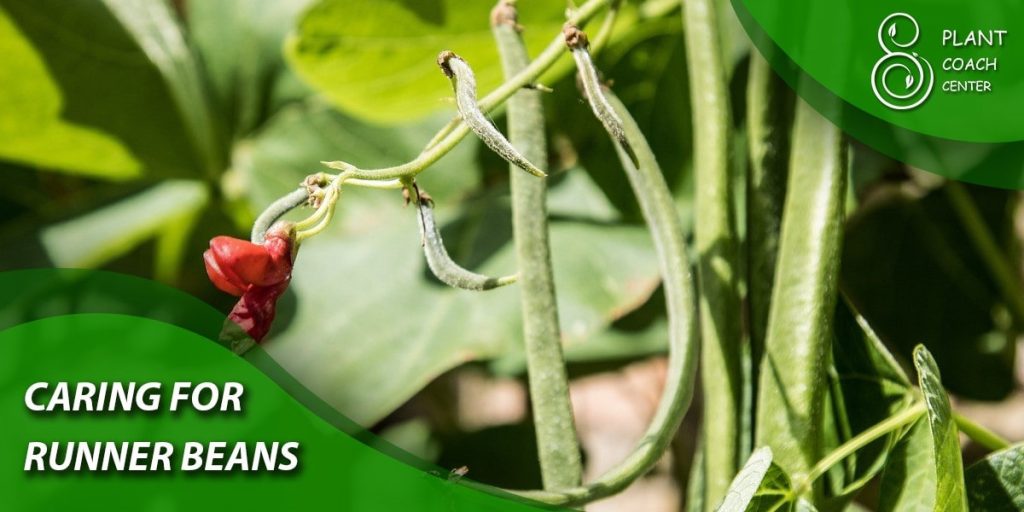
Caring for Runner Beans
Once your runner beans are planted and starting to grow, it’s important to provide them with proper care to ensure healthy development and maximize their productivity. In this section, we will explore the essential aspects of caring for runner beans, including watering, fertilizing, supporting the vines, and pest and disease management.
Watering
Proper watering is crucial for the growth and productivity of runner beans. Follow these guidelines to ensure adequate moisture:
– Consistency: Maintain consistent soil moisture throughout the growing season. Runner beans prefer slightly moist soil but avoid overwatering, as it can lead to root rot.
– Deep Watering: Water deeply and thoroughly, ensuring that the water reaches the root zone. Shallow watering may encourage shallow root growth.
– Mulching: Apply a layer of organic mulch around the base of the plants to help retain soil moisture, suppress weeds, and maintain a more even soil temperature.
Fertilizing
Runner beans benefit from regular fertilization to ensure proper nutrient availability. Consider the following fertilizing practices:
– Organic Matter: Before planting, incorporate well-rotted compost or aged manure into the soil to improve fertility and organic matter content.
– Side-Dressing: As the plants grow, you can side-dress them with a balanced organic fertilizer or apply a diluted liquid fertilizer every few weeks to provide additional nutrients.
– Avoid Over-Fertilization: Be cautious not to over-fertilize, as excessive nitrogen can result in vigorous foliage growth at the expense of flower and pod production.
Supporting the Vines
Runner beans are climbing plants that require support for their vines to grow and thrive. Follow these steps for providing proper support:
– Trellises or Bean Poles: Install trellises, bean poles, or other suitable structures for the runner bean vines to climb. Place them in the planting area before or immediately after planting.
– Training the Vines: As the runner bean vines grow, gently guide them towards the support structure to encourage them to climb. Avoid twisting or damaging the vines during the training process.
– Regular Maintenance: Regularly check the vines and secure any loose or wayward growth to the support structure. This helps prevent damage from wind or heavy rain.
Pest and Disease Management
Runner beans can be susceptible to various pests and diseases. Here are some tips for managing common issues:
– Pests: Monitor for pests like aphids, slugs, snails, and bean beetles. Use organic pest control methods such as handpicking, spraying with a strong stream of water, or applying natural pest deterrents.
– Diseases: Watch for common bean diseases like powdery mildew, bacterial and fungal infections. To minimize disease spread, ensure proper air circulation, avoid overhead watering, and promptly remove and destroy any infected plant material.
Harvesting
Runner beans are typically ready for harvest when the pods are firm, crisp, and have reached their full size but are still tender. Harvest regularly to encourage continuous production. Use a pair of scissors or garden shears to avoid damaging the plant.
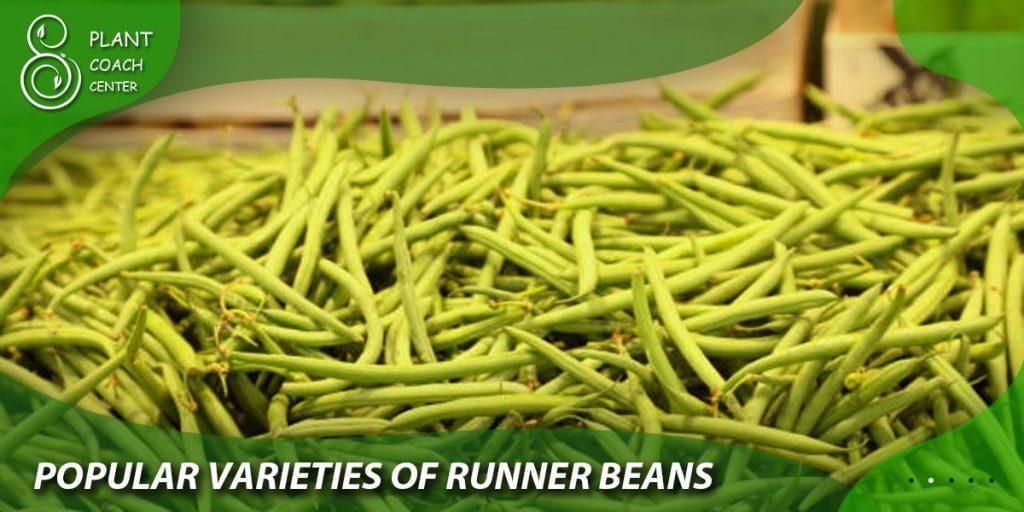
Popular Varieties of Runner Beans
Runner beans come in various cultivars, each with its unique characteristics and flavor profiles. When choosing varieties for your garden, consider factors such as taste preferences, climate suitability, and vine color. Here are a few popular runner bean varieties to consider:
- Scarlet Runner Beans: This is one of the most widely grown varieties, known for its vibrant red flowers and attractive red and purple pods. It has a rich, nutty flavor and is excellent for both fresh consumption and cooking.
- White Runner Beans: White runner beans produce beautiful white flowers and creamy-white pods. They have a mild flavor and a tender texture. These beans are versatile and can be used in a variety of dishes.
- Painted Lady Beans: Painted Lady is a heritage variety that features bi-colored flowers in shades of red and white. The pods are tender and tasty. This variety is known for its vigorous growth and high productivity.
- Moonlight Runner Beans: Moonlight is a compact variety that produces beautiful white flowers and pale yellow pods. It has a delicate flavor and a tender texture. This variety is ideal for smaller gardens or containers.
- Black Runner Beans: Black runner beans have striking dark purple or black pods. They have a robust, earthy flavor and are often used in stews, soups, and other savory dishes. They retain their color even after cooking.
- Streamline Runner Beans: Streamline is a popular modern variety known for its long, straight pods. It produces high yields of tender, stringless beans. This variety is often favored by commercial growers.
These are just a few examples of the many runner bean varieties available. Explore local seed catalogs, nurseries, or online suppliers to find additional options that suit your preferences and growing conditions.
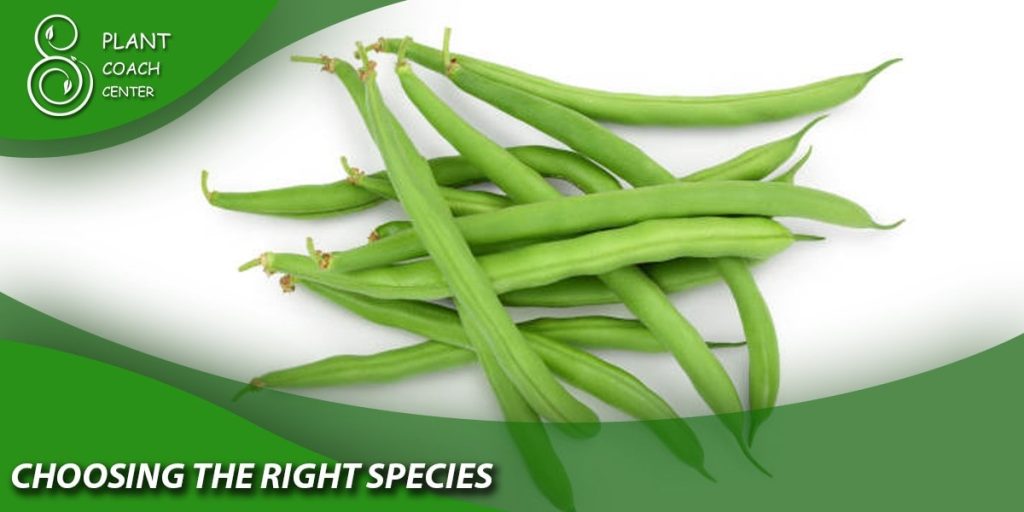
Conclusion
runner beans are a delightful addition to any vegetable garden. By considering the care requirements, choosing the right timing, and selecting suitable varieties, you can enjoy a successful and rewarding runner bean harvest. Happy gardening!


